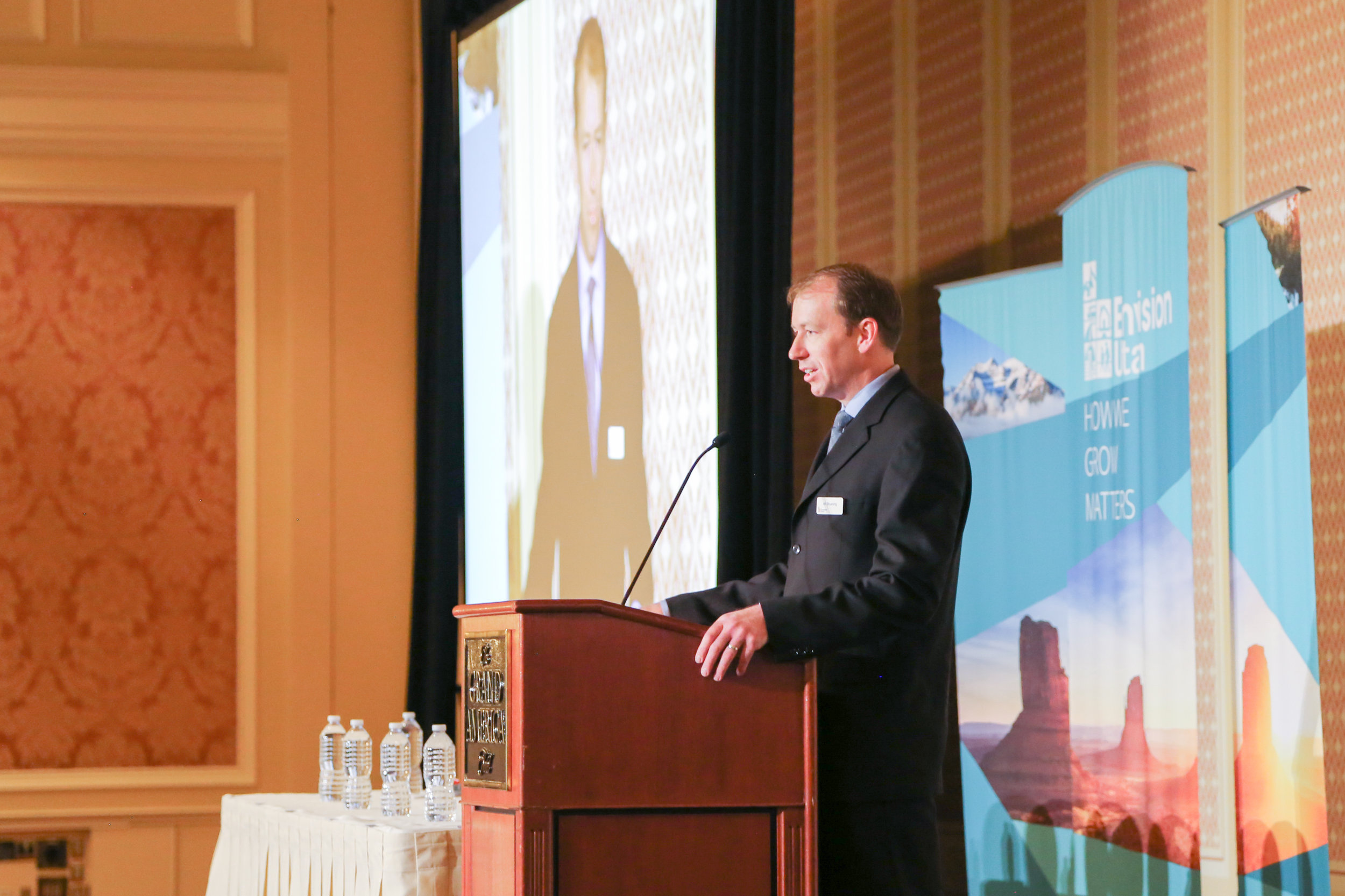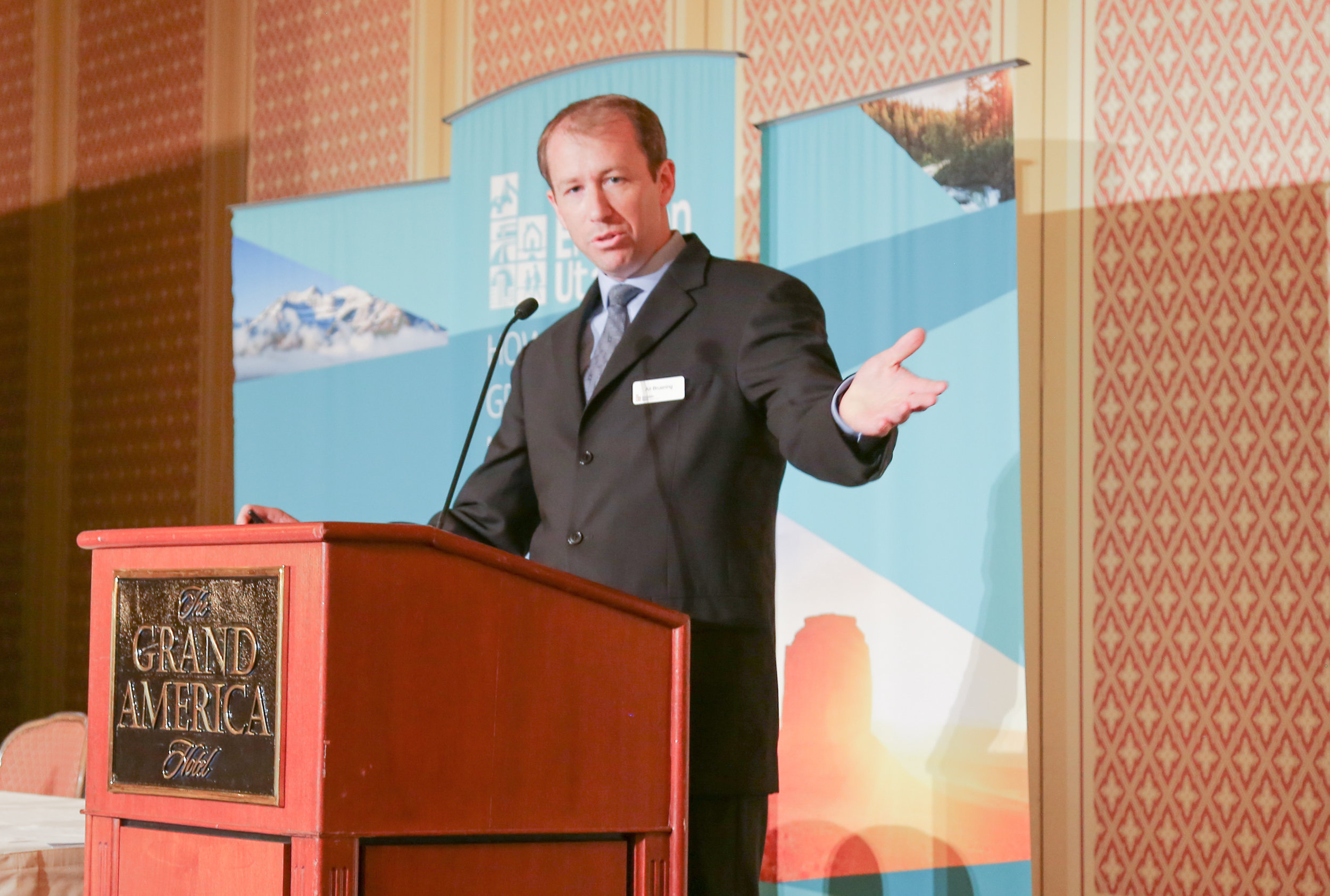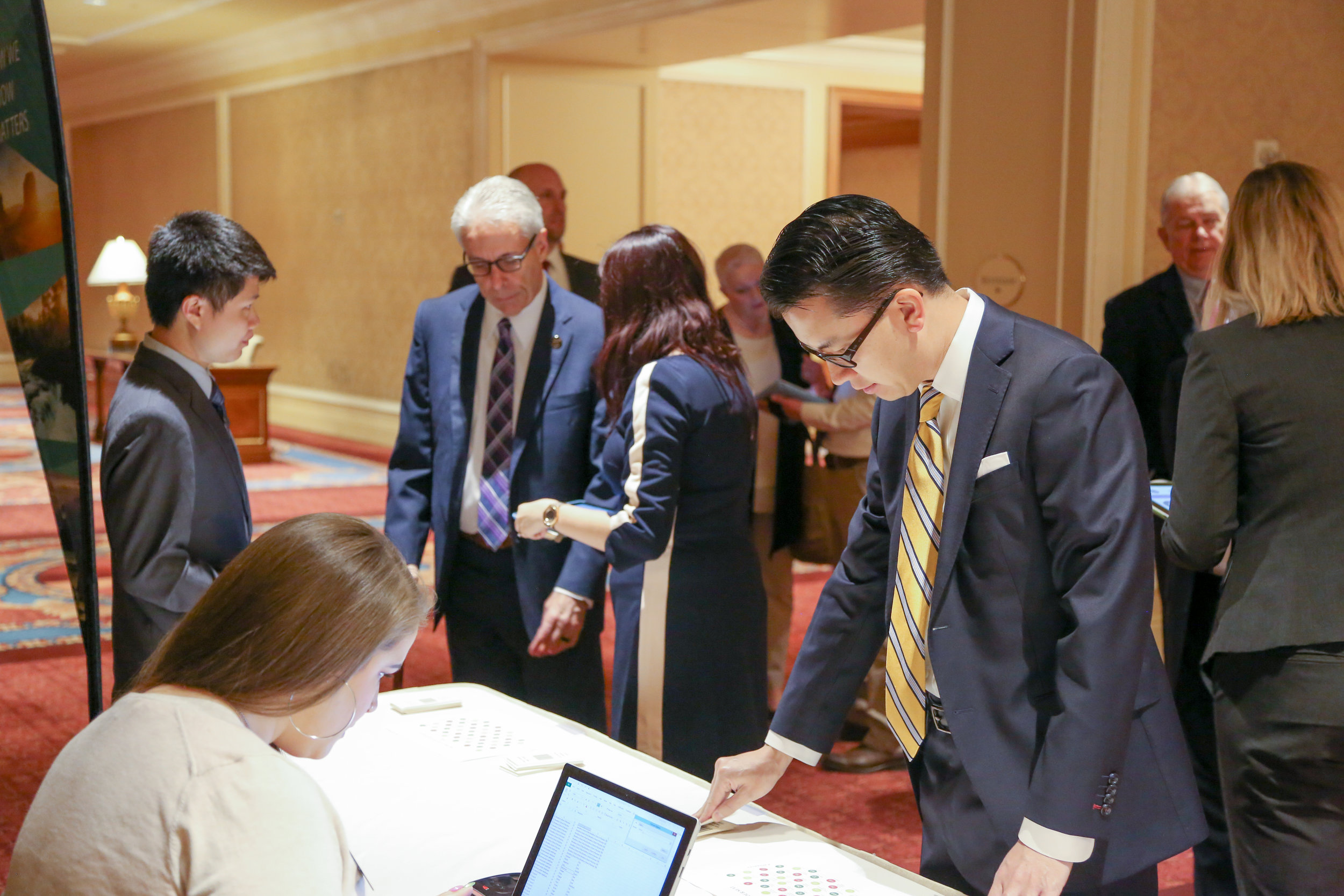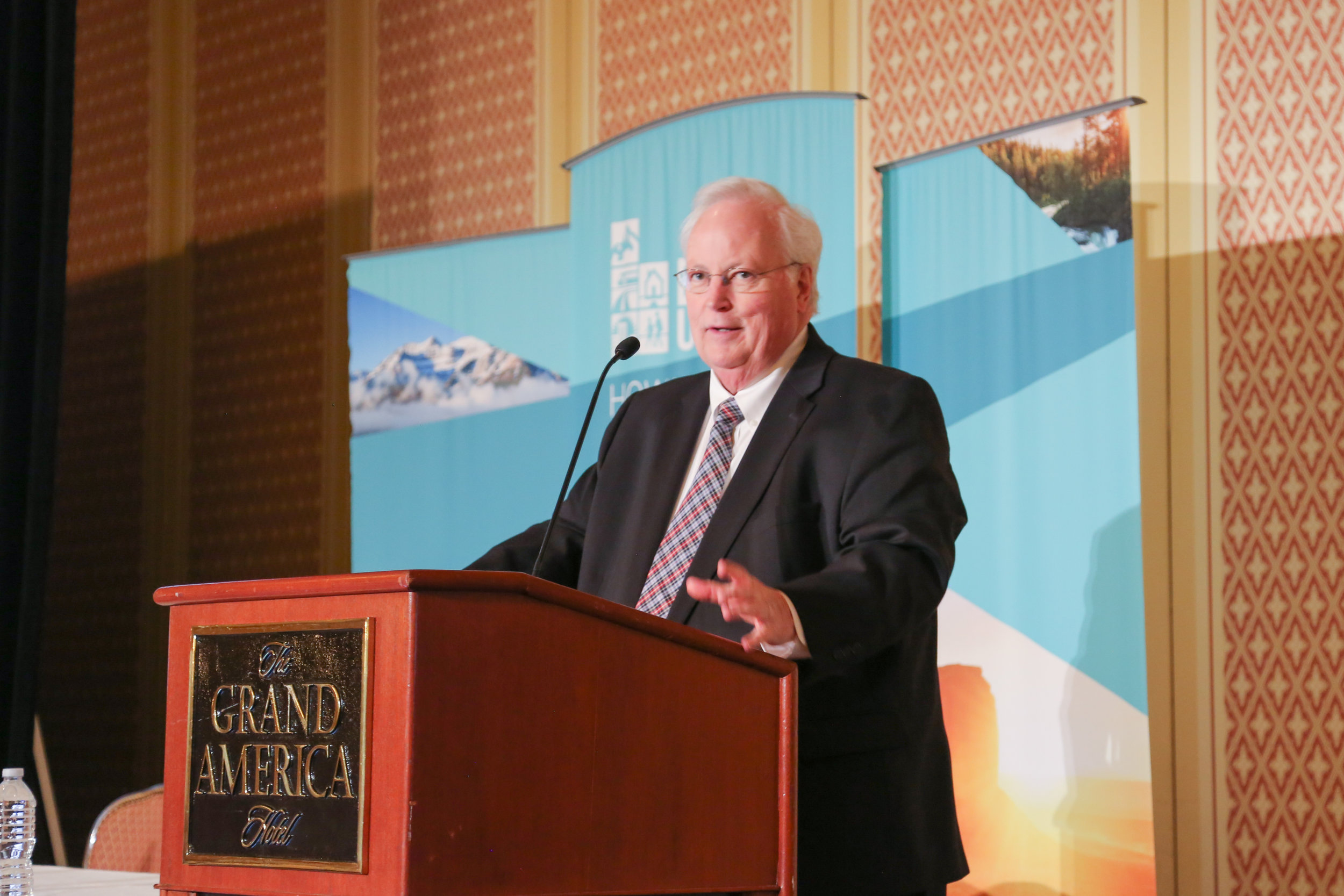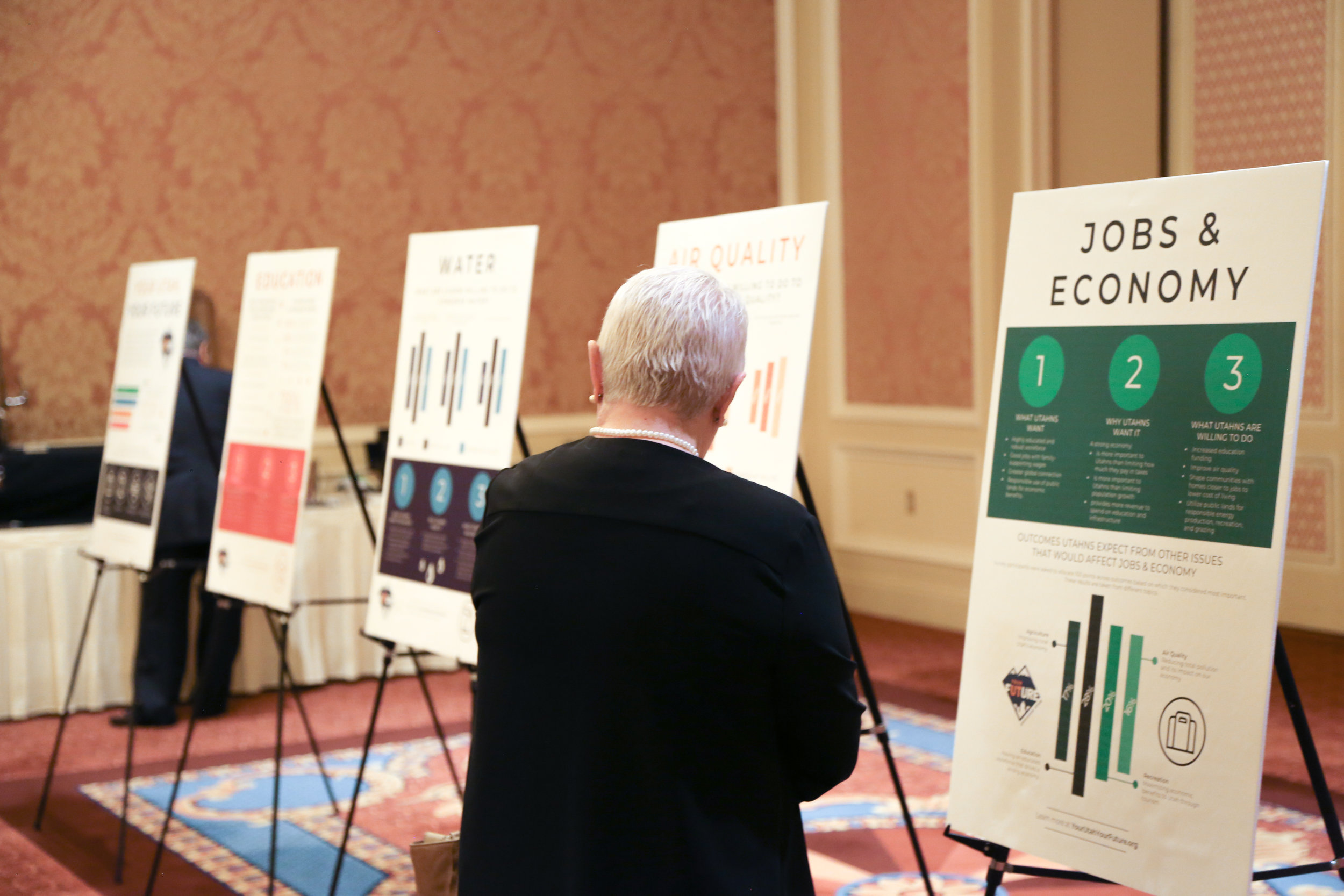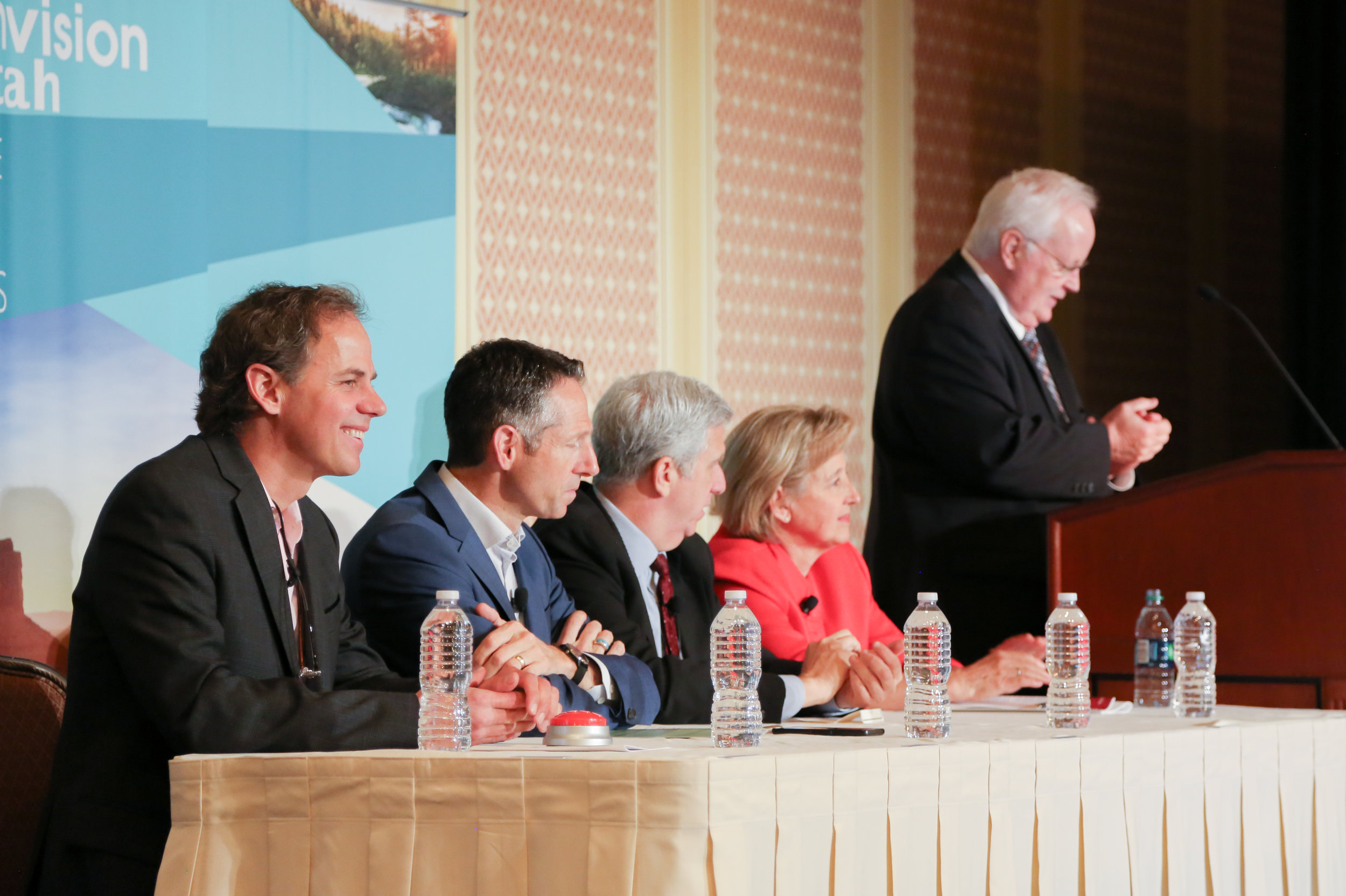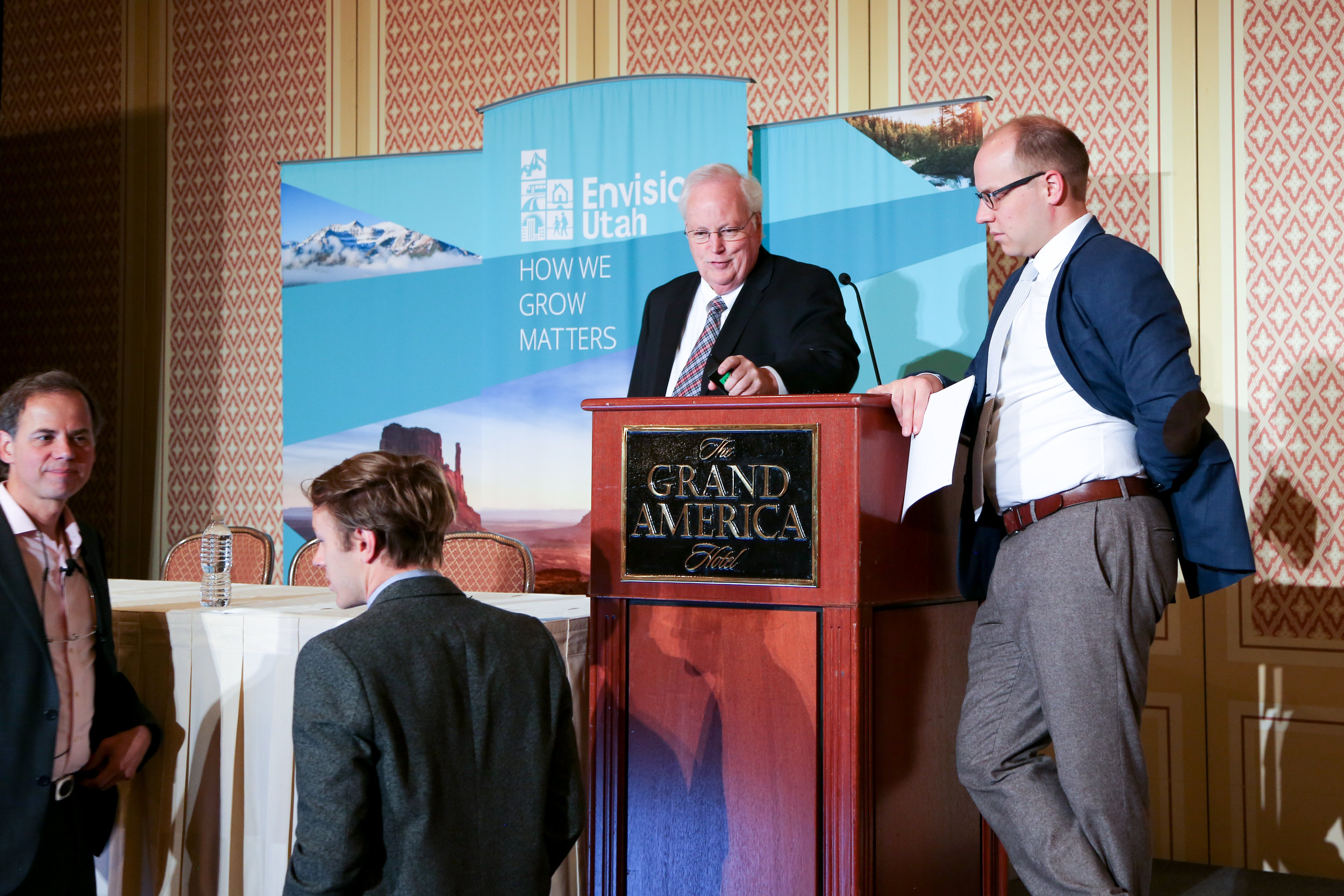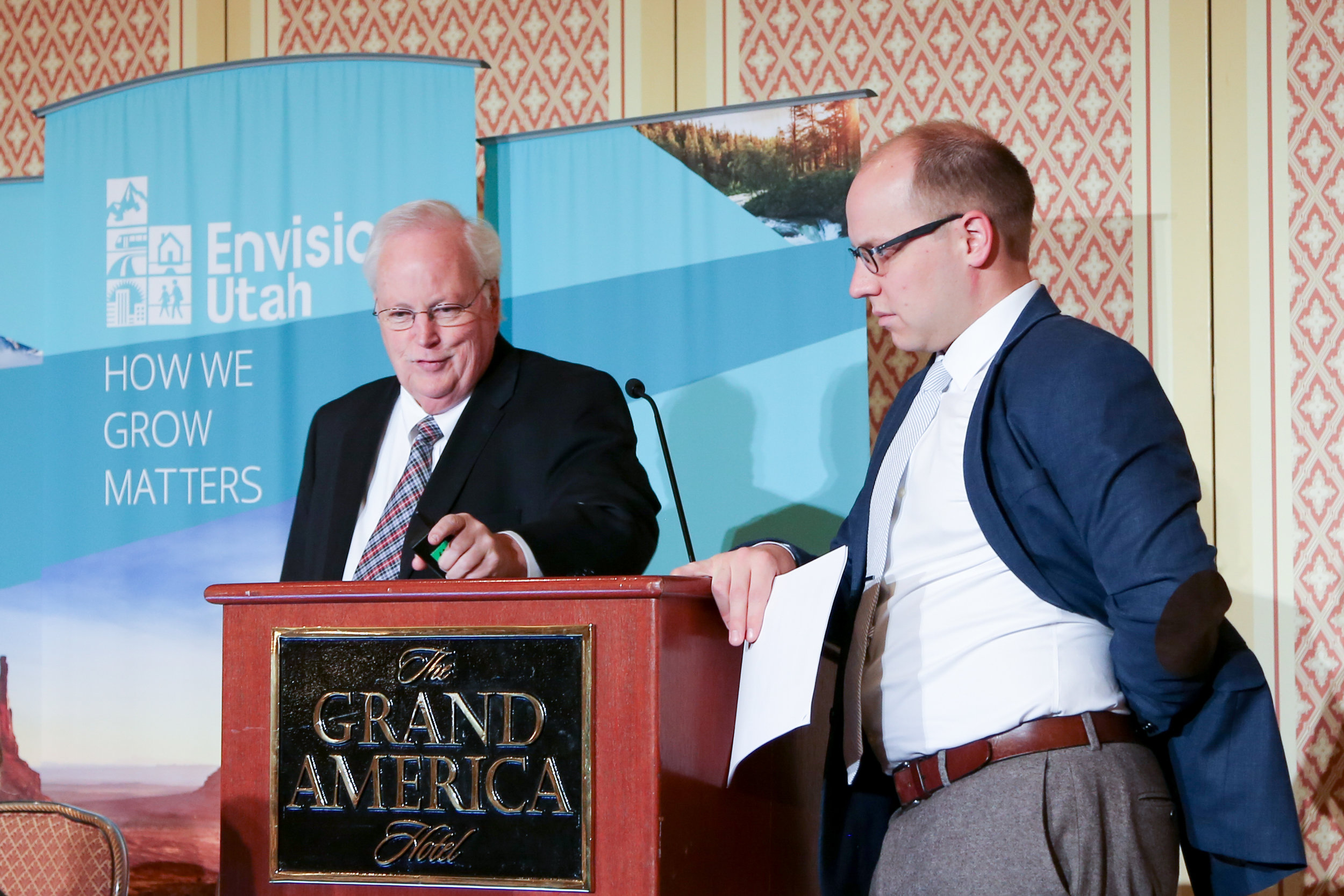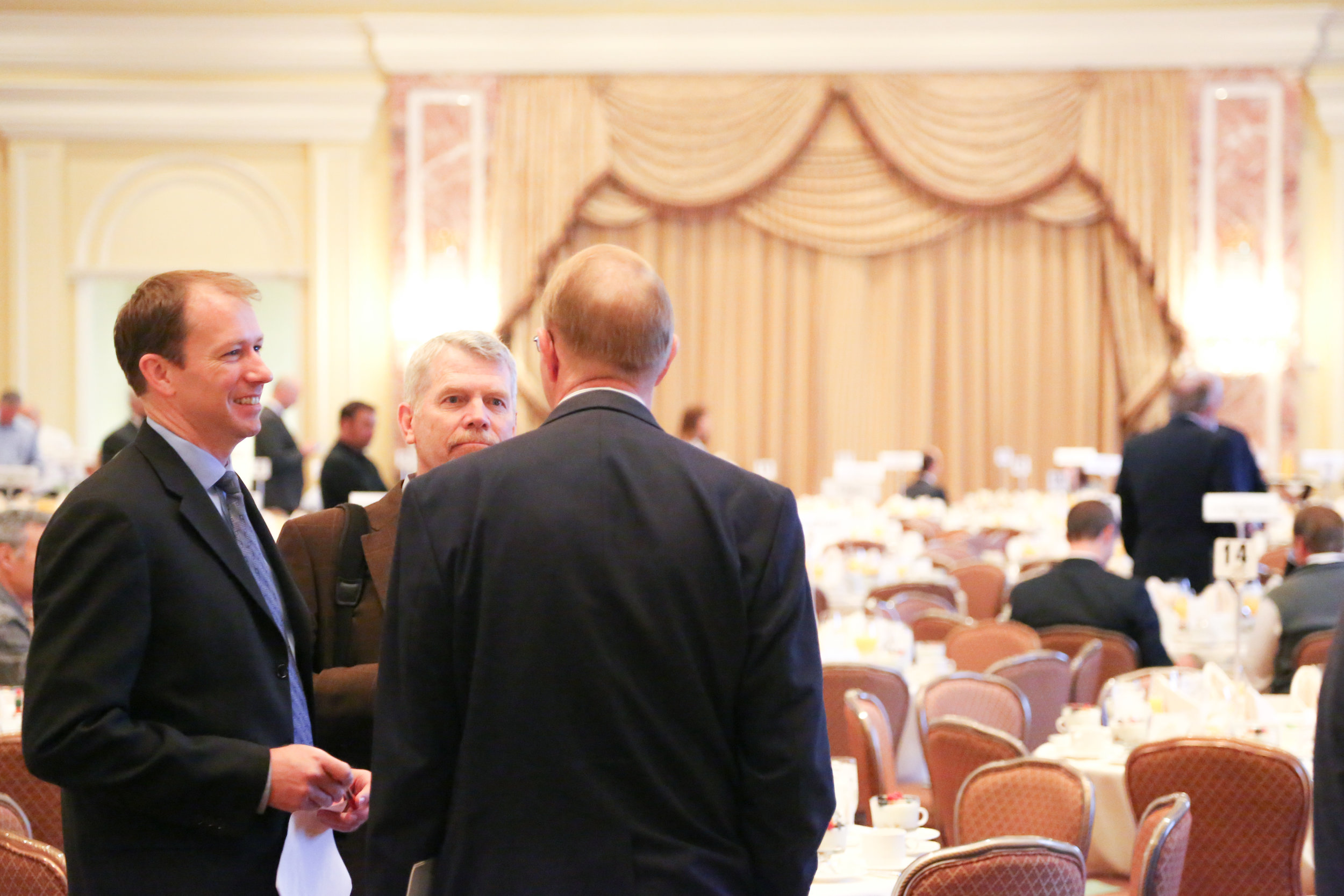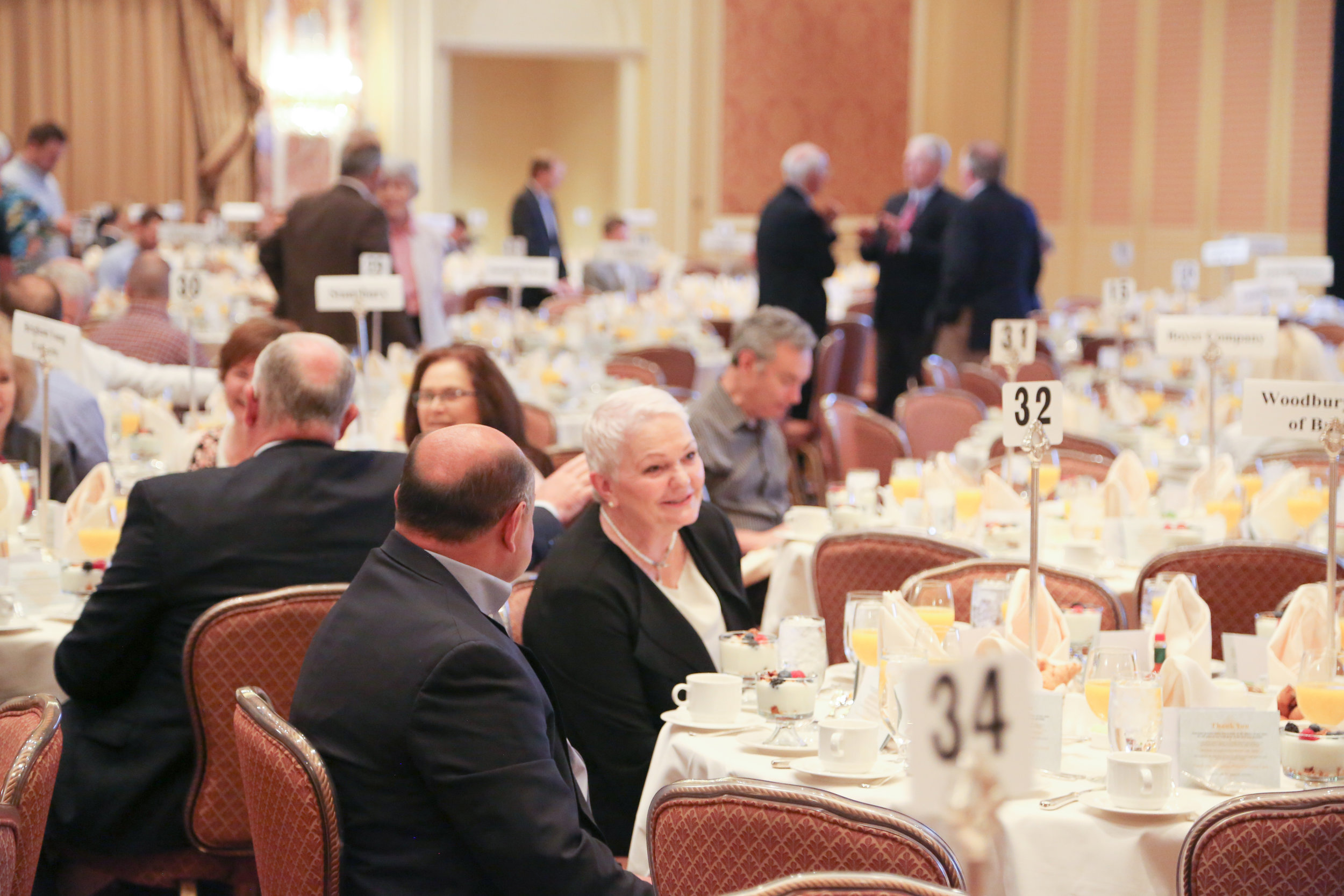On May 23 panelists Natalie Gochnour, Kem C. Gardner Policy Institute, Adam Wasserman, GLD Partners, Hanko Kiessner, Packsize International, and Derek Miller, Salt Lake Chamber discussed the elements of a successful inland port and highlighted some of the benefits and potential challenges of having one in the Northwest Quadrant of Salt Lake County.
Throughout the discussion, panelists returned to four main points that are essential to a successful inland port:
Carefully approach the issue. Many Utahns have expressed concern about the way the inland port is being planned. Panelists stressed that now, more than ever, we need to re-focus on the substance on an inland port rather than the politics.
Maximize the potential of an inland port. What’s being planned for Utah—a global trade center, positioned at the “confluence of opportunity and connectivity” is unique compared to other inland ports across the country. The port will be well positioned for access to interstate roads, railways, and air travel—essential for the large-scale import and export of goods the port is expected to facilitate.
Look beyond the short-term. The inland port will not only impact Utah’s local economy, it will put the state on the world map and strengthen its ties to the global supply chain. Collaboration and an inclusive process will also be necessary for success.
Manage air quality and traffic. How will the state handle an influx of rail, air, and truck emissions when its air quality is already dangerously poor? Panelists highlighted some of the technology that is available that could be used to reduce negative impacts on air quality and emphasized that traffic and air quality are issues that need to be studied and managed.





